Oxford and Cambridge: 5 Differences and 5 Similarities
One thing that every ambitious student should know: you can’t apply to both Oxford and Cambridge universities.
This can come as a disappointment; students expect that you can apply for both and thereby get two bites at the cherry. But Oxford and Cambridge are well aware that the vast majority of students applying to them would apply to both universities, if they could – so by imposing this rule, they avoid doubling their admissions workload to no real gain.
That means that students who want to attend a top British university have to make a choice about which of Oxford or Cambridge they apply to. And that, in turn, means working out which of these cities, and their respective universities, they prefer.
One way to work out which city makes you feel more at home and which university inspires you more to achieve is to spend two weeks at our Oxford summer school followed by two weeks at our Cambridge summer school. Then you’d get the experience of what it’s like to live and learn in each university, getting a taste of life as a student there. Perhaps you’ll fall in love with Oxford’s dreaming spires, or the gentle quiet of punting along the Backs in Cambridge, and you’ll find the decision an easy one to make.
But if that route to making your choice isn’t open to you, read on to find out how these two cities and their universities resemble one another, and the differences between them on which you might want to base your decision.
Similarities between Oxford and Cambridge
There are lots of myths and exaggerations about the differences between Oxford and Cambridge, so it’s important to stress that the two have much more in common with each other than they have differences that distinguish them. What’s more, no other university or city in the UK is as much like Oxford as Cambridge, and vice versa. Here are some of the key things that the two have in common.
1. Academic excellence across all subjects

There’s a long-standing myth that Oxford is better for humanities subjects and Cambridge better for science subjects. Like all myths it has a thin foundation in fact; Oxford is known for its alumni in the humanities (more on that later) and the Silicon Fen gives Cambridge a boost in the realm of the sciences. But you shouldn’t take that to mean that a science degree from Oxford is less good than a science degree from Cambridge, or that employers will be less impressed with a history degree from Cambridge than its equivalent from Oxford.
2. A long and storied past

The University of Cambridge was founded in 1209, and the University of Oxford over a hundred years earlier; the exact date of foundation is lost to history, though records of teaching date back to 1096. The oldest still-extant colleges at each university were founded at around the same time – University College, Balliol College and Merton College at Oxford between 1249 and 1264 (exactly when and which was first is a matter of debate), and Peterhouse at Cambridge in 1284. So if you want to study somewhere that is soaked in history, either university should serve the purpose.
As for the cities, the oldest building in Oxford, the Saxon Tower of St Michael at the North Gate, dates to 1040, and the oldest building in Cambridge, the tower of St Bene’t’s Church, dates to around the same time, certainly before 1050. Oxford was first settled in early medieval times by the Anglo-Saxons; Cambridge has a longer history, having been the site of the Roman fort Duroliponte, though the area may not have been continuously occupied between the Roman withdrawal from Britain and the arrival of the Anglo-Saxons, who founded Grantebrycge, which became Cambridge.
There are also remains of Neolithic habitation in both cities: evidence of a 3,500-year-old Neolithic farmstead has been found at the site of Fitzwilliam College, Cambridge. Even earlier Neolithic remains have been found in Yarnton, near Oxford, which is home to Oxford Royale Academy’s International Study Centre – here, 5,500-year-old bread has been found. But fascinating as this is, as a rule, it’s best not choose your university based on what was happening in the area five thousand years ago.
3. Beautiful architecture
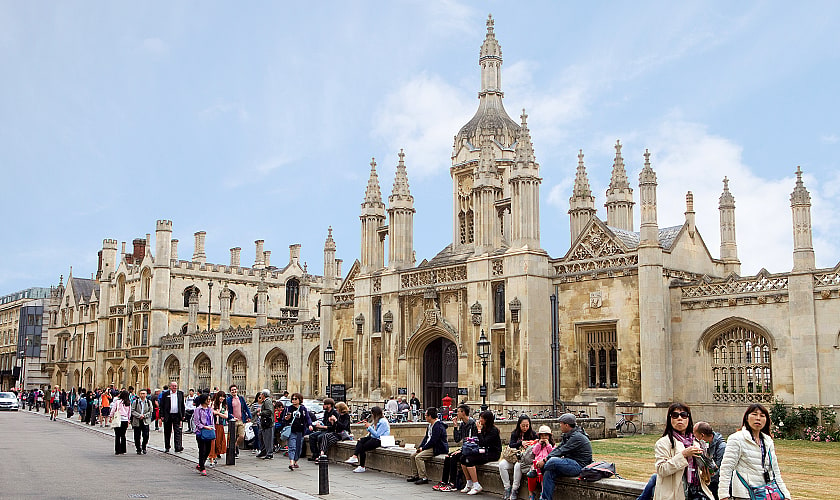
Which is more beautiful out of Oxford and Cambridge? The architecture of both is undoubtedly stunning. Oxford, having Headington stone easily available, is more architecturally uniform as many of its buildings are made from this honey-coloured stone. But it would be hard to argue that – say – King’s College, Cambridge, is any the less beautiful for having been constructed from a variety of different sources of stone. So if you want to be surrounded by glorious architecture, or pretend that you’re studying at Hogwarts, you should be equally at home at either university.
4. A safe environment
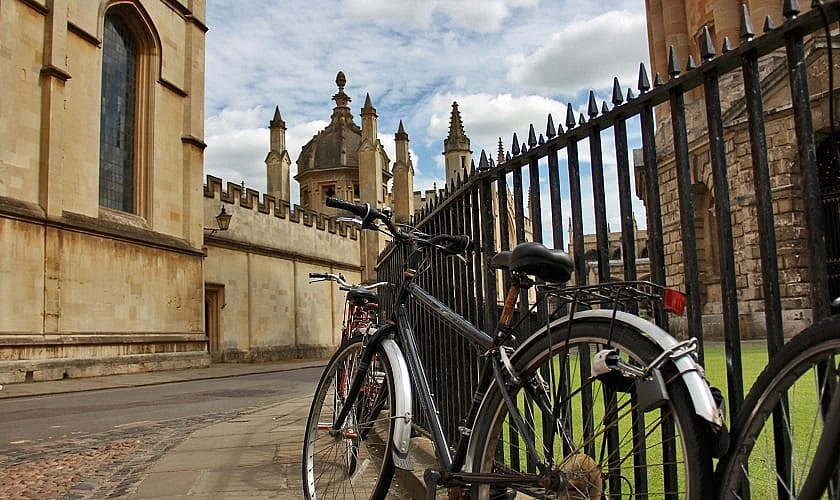
Both Oxford and Cambridge are among the safest cities in Britain – surveys differ on which is safer and how they compare to other British cities, but it’s fair to say that for their size, there is unusually little crime in both, especially in the student areas in and around the city centre. What’s more, the types of crime that are more frequent in these two cities tend to be non-violent; there’s bicycle theft and pickpocketing (the latter because of the high volumes of tourists), but not much by the way of assault or muggings. There are undoubtedly even safer places to go to university in the UK, if you’re very worried about crime, but they’re towns like St Andrews or Aberystwyth, rather than cities like Oxford and Cambridge.
5. Small-city atmosphere and culture

Oxford and Cambridge differ in size – more on that later – as Oxford has a population of 150,000 at the time of the last census, and Cambridge 120,000. But that does put both solidly into the “small city” territory. That means that you might need to make your own fun a little more than you would do in a city like London, where there’s more to do than you’d ever find time for as a student. (This can be a disadvantage for the easily distracted).
Take museums – each city has one large museum (the Fitzwilliam in Cambridge, the Ashmolean in Oxford) and then assorted smaller ones, rather than the plethora you might find in larger cities. Each has a handful of clubs – more than the one or two in a city like Durham or St Andrews, but not so many that you could go to a different one every night of the month. The main tourist attraction in both is the university, rather than other features of the city.
Differences between Oxford and Cambridge
The long list of similarities between the two universities and cities should not suggest that there are no differences at all between the two. The similarities may be greater than the differences, but thankfully there are some distinctions that you can use to decide which one is right for you.
1. Oxford is larger and more industrial than Cambridge
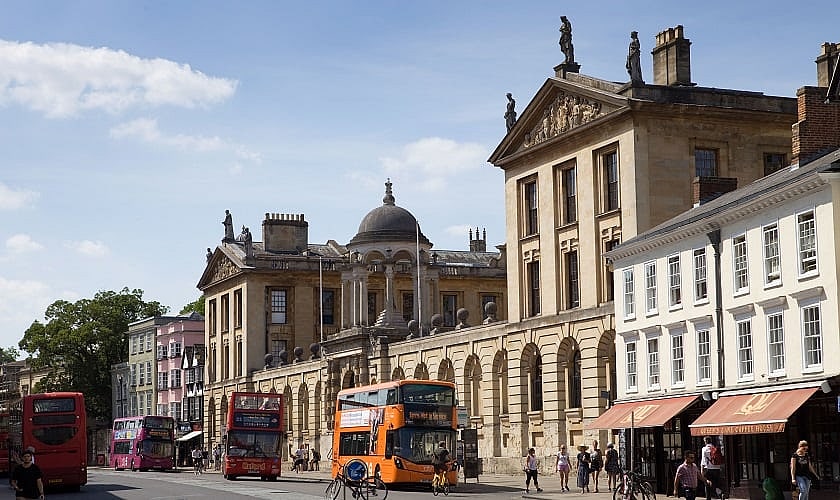
Perhaps the most obvious difference between the two cities is that Oxford is larger than Cambridge, with 30,000 more inhabitants. You might not think that the difference is that significant, but it is noticeable when you live in each city, especially given that the universities are similarly sized. That Cambridge is smaller overall means that the university is more dominant, and that fact that so many local jobs are either university-based or in Silicon Fen tech companies exacerbates the sense that this is first and foremost a hub for tech and academia, with all other aspects of the city coming second. Of course, the university also dominates the city of Oxford, but less noticeably so than in Cambridge. Whether this is an advantage or disadvantage will depend whether the idea of being in something of an academic bubble is appealing, or whether you’d like to escape once in a while.
2. It’s (slightly) quicker to get to London from Cambridge than from Oxford
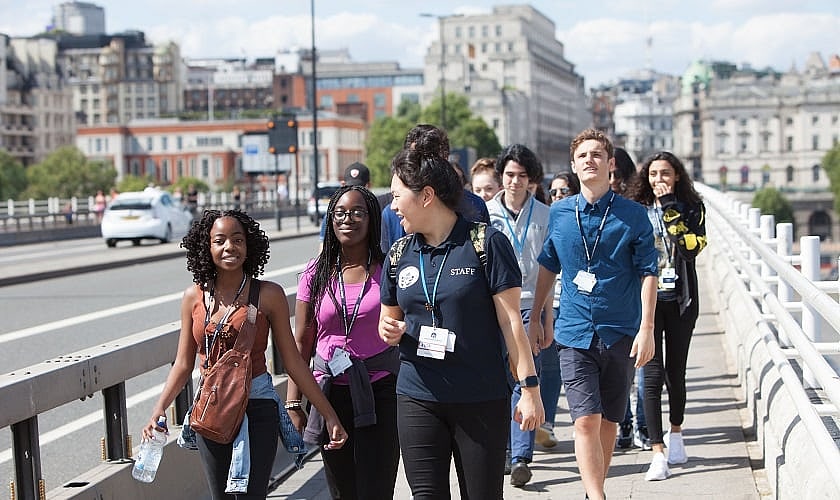
Commuters travel in droves from Cambridge and Oxford to London every day, and many students choose to make the same journey in order to seek out a livelier nightlife than is available in their university city. If you think you’re going to be travelling to London regularly, it’s worth knowing that the fastest train from Cambridge takes 47 minutes, while the fastest train from Oxford takes 51 minutes. If you’re after a cheaper option, you can also take the train to London Liverpool Street from Cambridge, which takes about an hour and a half but costs less than the journey to King’s Cross.
But if you’re travelling to London for the nightlife – rather than the museums – you might want to consider Oxford over Cambridge. That’s because after the last train between midnight and 1am, there’s no way of getting back from London to Cambridge by public transport until the first train of the day at 5am – and later on a Sunday. Oxford, meanwhile, has two 24-hour bus services to London, the Oxford Tube and the X90, making nights out a breeze.
3. There are some subjects that are only offered at one university and not the other

Subjects you can only study at Cambridge, not at Oxford, include Anglo-Saxon, Norse and Celtic, Architecture, Land Economy, and Veterinary Medicine. Subjects you can only study at Oxford, not at Cambridge, include the famous Philosophy, Politics and Economics degree (PPE), Fine Art, and some joint degrees such as Mathematics and Philosophy. It’s also worth comparing course descriptions as the approach taken by each university can differ more than you might expect.
4. Cambridge still has some women’s colleges, while all Oxford colleges are mixed-sex
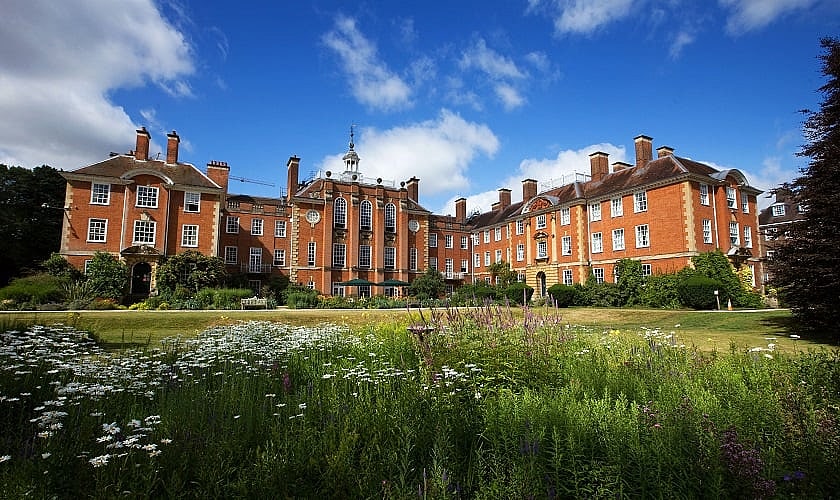
In 2016, the last single-sex institution in Oxford, St Benet’s Hall, admitted women for the first time. Eight years previously, the last women’s college, St Hilda’s, began admitting men. Though there are still some single-sex accommodation blocks, all colleges and Permanent Private Halls at Oxford are now mixed-sex.
The same isn’t true for Cambridge. Murray Edwards, Newnham and Lucy Cavendish colleges all admit only women, comprising about 1,400 students, or about 7% of the total student population. So if you’re a woman who prefers single-sex education, you’ll need to apply to Cambridge rather than Oxford. Another consequence of this is that with slightly fewer women than men admitted to the university in the first place (about 47% of undergraduates) and 1,400 of those in women’s colleges, almost all of the other colleges are, as a consequence, majority male. In some cases that’s by a considerable margin – 71% at Churchill College. In Oxford, the highest percentage of male students, excluding All Souls College (which typically has less than 10 students), is at Kellogg College with 62% men.
5. Oxford is known for its politicians, and Cambridge for its scientists
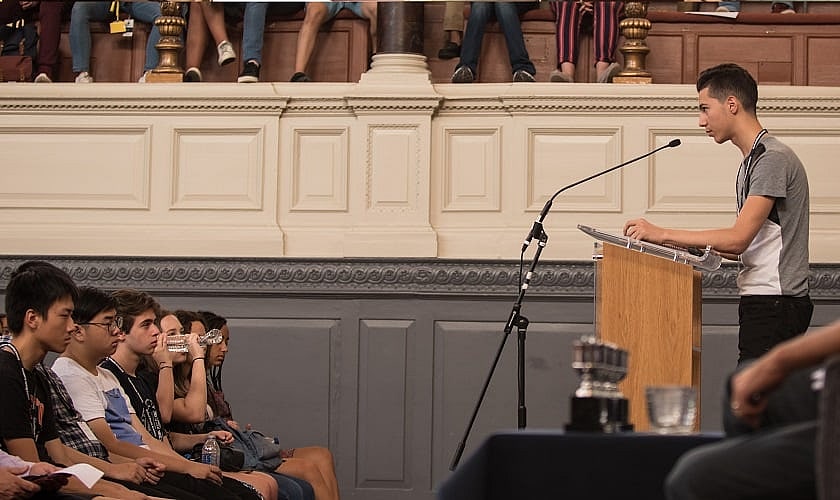
Remember how there’s no real difference in the success of Oxford and Cambridge in the humanities or the sciences? That’s true… until you look at their best-known alumni. Then a definite trend emerges. Oxford is particularly well-known for its alumni who went on to be politicians, many – though not all – of whom studied Philosophy, Politics and Economics. 27 British Prime Ministers have been educated at Oxford, 13 of them at just one college, Christ Church, compared with 14 at Cambridge. And the dominance of Oxford in this area is increasing: of the 14 postwar Prime Ministers, 10 studied at Oxford, and none at Cambridge.
Against that, Cambridge is far ahead of Oxford in the realms of Nobel Prizes, mostly in the sciences. 118 people associated with the University of Cambridge have won the Nobel Prize (107 by the university’s own, more conservative count); 33 of them from Trinity College alone. Oxford boasts just 69 Nobel prizewinners (51 by their own count).
Will this make the slightest difference to you as a prospective student? Probably not. And this distinction in notable alumni isn’t really seen in any other field; for instance, despite the fact that Cambridge’s Footlights is much better known than the Oxford Revue, the two universities are equally well represented among leading comedians. Ultimately which one you choose isn’t likely to affect your future career too much; both are among the very best universities in the world.
